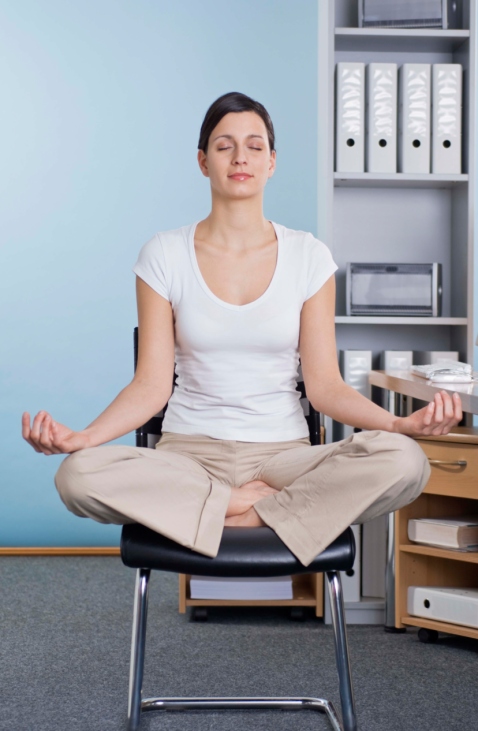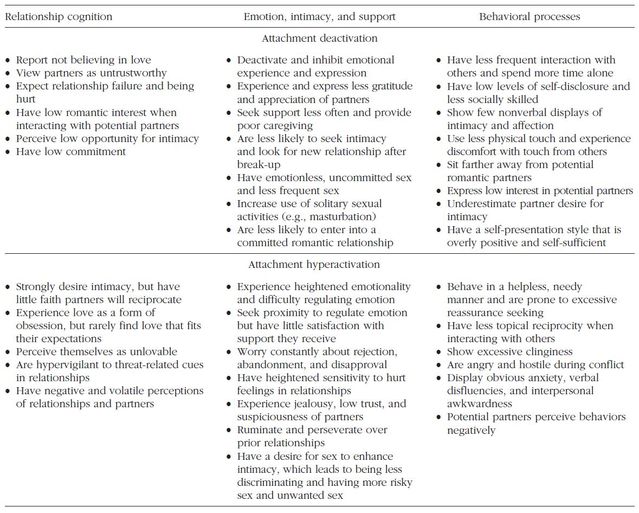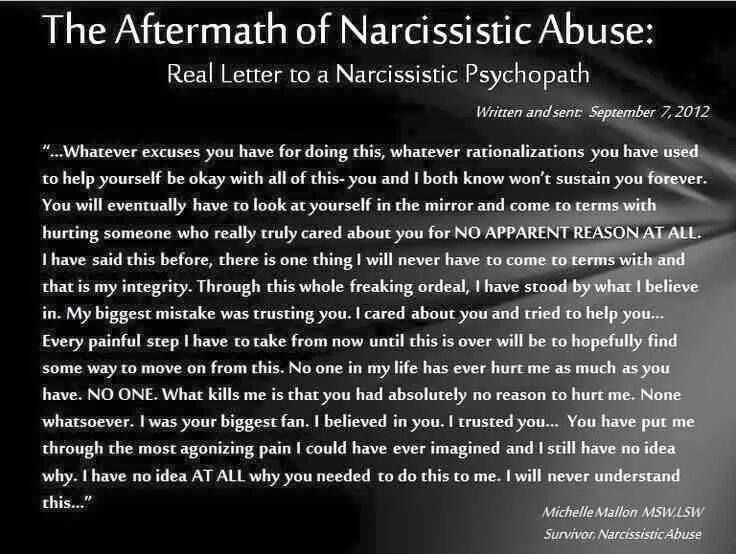Meditation at work
Benefits of Meditation in the Workplace
North Americans have adopted meditation and mindfulness because it can improve work performance, personal relationships, and health. In an average 9-to-5 work day, just 5 minutes of deep breathing, reflection, and tension release can work to decrease stress levels and increase overall productivity.
The implementation of a daily practice has helped many working adults, says Yunha Kim, Founder and CEO of Simple Habit. After discovering the benefits of mindfulness, Kim created an app for working people to listen to on-the-go 5-minute meditations. Even just one week of brief daily mindfulness meditation practice has been found to produce significant benefits.
She openly shared her benefits and recommendations with me via e-mail:
Improved Focus. Get Distracted Less.
Practicing mindfulness and meditation has been shown repeatedly to improve our ability to sustain attention and decrease external and internal distractions. Researchers from Harvard Medical School found that a meditation program led to changes in brain regions involving learning and working memory capacity.
This is important as working memory is crucial for reasoning and guiding our decisions and behavior, especially in the work-place. In fact, those who worked in high-stress work environments and practiced meditation could stay on a task longer, managed their time better, and received positive feedback after a task performance.
Improved Creativity. Think Outside the Box.
Mindfulness meditation practice can lead to improvements in problem-solving creative solutions as well as promote divergent thinking. Research done at the University of Groningen in the Netherlands has found a link between mindfulness and creativity including increased insight problem-solving and reduced cognitive rigidity. The more a person continues to practice mindfulness meditation regularly, the more open they are to bold and creative ideas.
Improve Your Mood.

The consistent practice of mindfulness meditation can also have a notable beneficial impact on our overall mood, including reducing severe depression and anxiety. A study from Boston University has shown that mindfulness and meditation-based programs lead to significant reductions in clinical levels of anxiety and depression across a range of conditions and an increase in patience and positivity. A daily practice can help to carry this optimism into the workplace and boost satisfaction.
Meditation = Stress Less.
Stress has been linked to a wide range of medical problems, including hypertension, heart disease, substance abuse, anxiety, and depression. A study done at Stanford University School of Medicine shows that those who practice mindfulness meditation display a reduction in stress-related symptoms, and report increases in their sense of control in their lives. For instance, mindfulness meditation can produce a 30% reduction in symptoms of stress among those with a serious illness.
Strengthen Your Personal and Professional Relationships.
Learning to be more mindful has a positive impact on yourself and those around you. Increased mindfulness leads to significant improvements in work relationships and friendships, due to communication and expression of emotions. After becoming more emotionally intelligent through meditation, relationships become easier and natural. In fact, people who meditate tend to show more acceptance towards each other and can create more welcoming and holistic work environments.
Join Dana Manciagli’s Job Search Master Class right now and immediately access the most comprehensive job search system currently available!
Thunderbird School of Global Management Alumna Dana Manciagli '84 is the author of "Cut the crap, Get a job". With her 'Career Mojo' column, Dana is the sole syndicated career columnist for the Business Journal nationwide. Her remarkable profile includes a career in global sales and marketing for Fortune 500 corporations like Microsoft, IBM, and Kodak. She has coached, interviewed and hired thousands of job seekers. This article was originally published on her website.
She has coached, interviewed and hired thousands of job seekers. This article was originally published on her website.
Read More!
New Manager? Build and Maintain Your Credibility!
5 Simple LinkedIn Hacks to Optimize Your Job Search
Getting to Know You – Appreciating Diversity
Meditations you can do at work
4 benefits of meditation in the workplace
1. Less stress. Need proof that meditation can significantly reduce stress in the workplace? A 2018 study found that people who used Headspace for only 10 days reported an 11% decrease in stress. After 30 days of using Headspace, they reported a 32% decrease.
Here’s how meditation can reverse the impact of stress on our minds and bodies:
It helps us regulate our emotions. When we practice meditation and become more comfortable with unpleasant thoughts and emotions that arise because of challenging situations, we learn how to react calmly, thoughtfully, and empathetically when faced with stress and challenges (which can be particularly valuable in the workplace).
It changes our brains, rewiring them to be more resilient to stress. Specifically, meditation can decrease neurological connections to the medial prefrontal cortex — the part of the brain responsible for fear, stress, and anxiety — while building new pathways to the parts of the brain responsible for focus and decision-making. Moreover, research shows that two key parts of the brain — the gray matter (responsible for emotional regulation, planning, problem-solving) and cortical thickness (learning, memory) — both increase with regular meditation practice. Alternatively, the amygdala (responsible for stress, fear, anxiety) decreases in size.
It improves stress biomarkers. When we meditate, the parasympathetic nervous system is stimulated, which can positively affect a range of stress-related biomarkers including lowered heart rate, reduced blood pressure, and fewer spikes in cortisol (the stress hormone).
2. More focus and productivity. It’s true: research shows that completing just one 15-minute session of mediation (not using Headspace) resulted in 22% reduction in mind-wandering, and four weeks of using Headspace daily resulted in a 14% increase in focus. Imagine if we’re able to leverage the benefits of meditation at work — the more focused we are, the more productive we will be.
Imagine if we’re able to leverage the benefits of meditation at work — the more focused we are, the more productive we will be.
3. Easier teamwork. Meditation has been shown to have a positive effect on employees being more collaborative and more compassionate at work. A 2015 study found that three weeks of using the Headspace app resulted in a 23% increase in compassion. Additional studies found that meditation reduced aggression by 57% and irritability by 27%. If your team is suffering from a lack of trust and poor communication, meditation could help turn things around.
4. Improved job satisfaction and engagement. There’s a positive correlation between mindfulness and engagement at work, according to research. In a 2018 study published in the American Journal of Medicine, nurses who used Headspace for 30 days had significant improvements in job satisfaction. These results make perfect sense when you consider that mindfulness helps foster the characteristics that lead to enhanced engagement and job satisfaction, such as better relationships with coworkers, lower stress, and increased emotional balance and positivity.
Meditation in the office: spiritual practice in the workplace
Modern life in the city is full of stresses and problems, so a person needs more and more internal resources to overcome them. It is difficult to imagine how to cope with this without daily meditation - a useful practice that allows you to concentrate on sensations, "cools" your head and leads to peace of mind even in the most difficult circumstances. But far from always we have the opportunity to retire, so that no one bothers us. And it's no surprise that many mindful people learn to meditate in the office without getting up from their desks!
Ease of execution
The task of the practice that came to us from Eastern countries is to restore the spiritual health of a person. Meditation promotes relaxation, concentration, helps to get rid of depressive states and neurosis, makes you stop and remember yourself, your aspirations and goals. Regular classes help a person to fulfill himself, reach new levels of development and self-knowledge.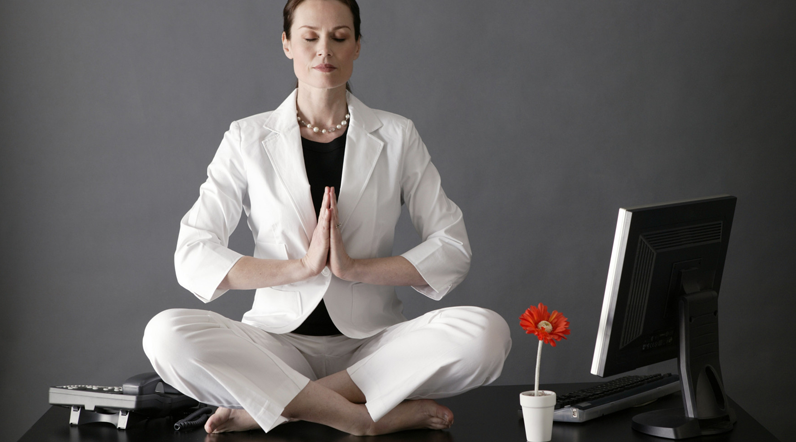
Meditation in the office is a new direction that is practiced mainly by busy residents of megacities. About whether it is possible to learn this and what exercises will help even beginners, we talked with Daria Pepelyaeva - author of courses on mindfulness and meditation practices:
- There are complex techniques for which the office space is not suitable. But if you remember that meditation is a process of concentration on any object, action or state, then it turns out that you can practice everywhere!
According to Daria, a deep meditative state cannot be achieved without regular practice and the formation of a certain skill. But in an office environment, you can use an already accumulated resource, returning to a centered state in just a few minutes:
- There are a couple of simple conditions for meditating at work: first, you must not attract the attention of colleagues if you do not want to look strange. And yet the practice must be simple to perform and not take much time.
The quickest and easiest solution is to start meditating in the workplace. And if there is an opportunity to retire, then the choice of exercises expands.
Change of circumstances
To get away from the hustle and bustle of the office, you can:
Breathe
Breathing is directly related to the emotional state, therefore, in a situation where a person is overworked, is in a long tension, he should change the pace of inhalations and exhalations. You can stretch them, make pauses between them, concentrating on the fact that right now you need to forget about everything and just breathe.
change place
You can ride the elevator, go to another floor, or walk around the building. It is important to be fully present in this action, without going back, for example, to a bunch of thoughts from the past hour or to a list of tasks to complete.
change action
It is worth brewing fragrant tea for yourself, closing your eyes, changing your body position to a more comfortable one, paying attention to every new sensation:
- Imagine that you are in outer space and flying over the surface of the planet right now - this will help you realize the insignificance of the existing problems and the fact that nothing will change for 5-10 minutes of your "absence" , says Daria. –
You can do several cycles of breathing, imagining how unnecessary thoughts and tension leave the body with each new exhalation .
–
You can do several cycles of breathing, imagining how unnecessary thoughts and tension leave the body with each new exhalation .
Contrary to the opinion of many beginners, meditation does not require special music. With it, of course, it is easier to switch, because it is a good trap for attention, it allows you to quickly abstract and plunge into a state of calm and relaxation. But in most cases in the office there is no way to turn on the track at the desired volume and sit in the lotus position. Therefore, the presence of music during meditation is optional.
- In order to quickly switch to spiritual practice, you can barely audibly begin to buzz like a bee. Concentrating on the sound "mmm" helps to direct attention in the right direction. Another effective method with a double effort on inhalation and exhalation. The air should come out with a little noise, similar to sea waves , - notes Daria Pepelyaeva.
There are a lot of techniques related to breathing in meditation, so everyone can find something of their own and practice right now.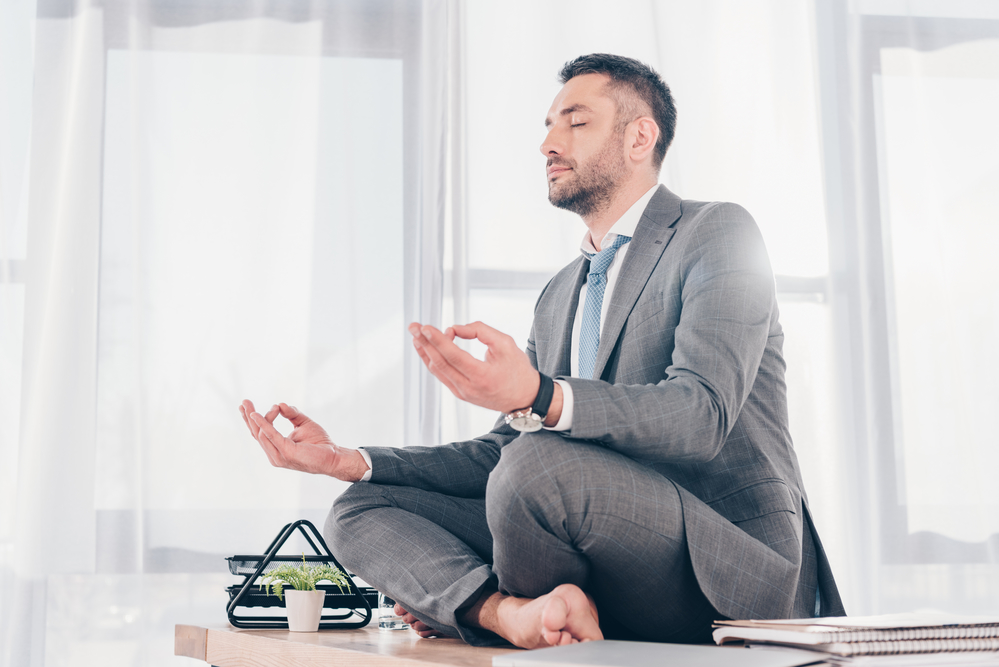
Simple meditation exercises in the office
1. Take a few breaths and observe how you feel. Attention can be directed to the movement of air in the sinuses, the abdominal wall or the diaphragm.
2. Make several rhythmic cycles of breathing with mental delays. This technique will help not only concentration, but also calmness, since vasodilation will increase the level of carbon dioxide in the blood, which will have a beneficial effect on the health of the body.
3. Draw a dot on a piece of paper and place it in front of you. Try to look at the center of the dot without blinking or thinking about anything. When your eyes are tired, you can close them and mentally imagine what you just saw in front of you.
4. Place your palms on your knees and concentrate on the sensations. Feel the touch of the skin, its tension, the contraction of the muscles in the arms. You may even be able to notice the beating of the heart in the fingertips.
You may even be able to notice the beating of the heart in the fingertips.
5. Stand up and feel the whole body, every part of it, walking through it with your attention. If there is voltage somewhere, remove it. Bend your knees slightly and catch a sense of balance, relax your inner axis. The practice may take only 1 minute, but it will effectively return you to a calm state.
6. Ask yourself, "How do I feel now?" and then "How do I WANT to feel now?" For people with a strong mind, this practice will allow them to logically bring themselves into another state.
Prepared by Yana Tolstova
Meditation in the office. Advice from practicing employees - Career on vc.ru
Material prepared by Anna Suvorova , Agile People Coach, an expert on modern organization management models, based on a conversation with the founders of the Meditation in the Office project - Maria Yerunova , ex-director of brand marketing Ozon. travel, and Gleb Kalinin , product director Ozon.travel.
travel, and Gleb Kalinin , product director Ozon.travel.
2662 views
Gleb Kalinin and Maria Erunova - founders of the Meditation in the Office project
Where the first conversation about the passion for meditation, which united both, took place, is no longer important. But it was then that the idea was born to organize meditation practice for colleagues. Without a business plan and KPIs, driven only by the desire to share the lessons learned in personal development, Maria and Gleb developed the format of an hour-long lesson, which consists of theory, practice and the exchange of experience of all participants. Not only Ozon.travel employees come to classes once a week.
Masha, how did you come to meditation? What motivated you?
An extremely active work life prompted this. I live in a big city, where every day I can be pressed by a lot of factors: transport, crowds of people, instant messengers, e-mail, calls on business and just like that, personal meetings, which are becoming less and less, because everyone has already adapted to solve issues in social networks.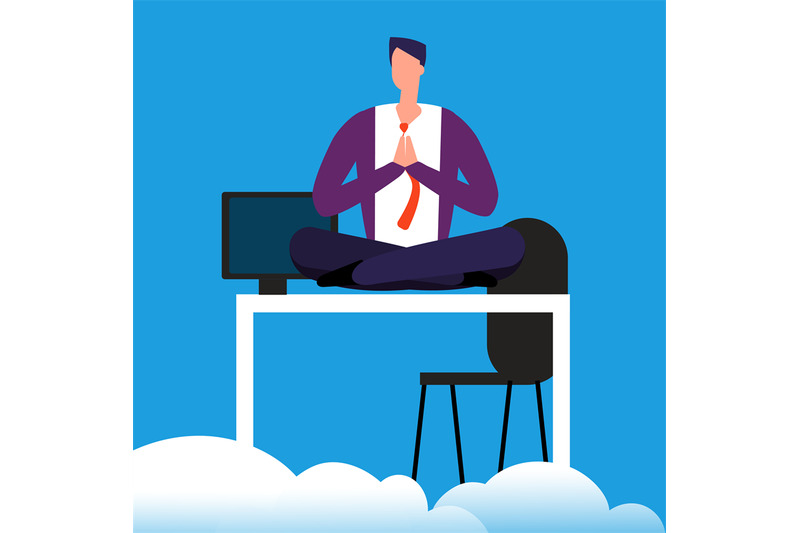 Working in a corporation, I invested a lot of time in work.
Working in a corporation, I invested a lot of time in work.
And I needed a resource to recover. And so I came to mindfulness practices.
The ability to more easily experience changes, negative or even positive, is extremely important for one's well-being
I agree with Masha, - said Gleb. It seems that in my life and the lives of people around me, changes are happening at an accelerated pace. There are more and more of them. More systems interact with each other. Some of these interactions are painful, unpredictable, changeable - this is what we will have to live with for the rest of our days. Nothing in the world slows down or gets easier. Therefore, the ability to more easily experience changes, negative or even positive (which can also be difficult to integrate into your perception of reality) is extremely important for your own well-being.
When we talk about meditation, it's more about how qualitatively your life has changed.![]() I asked what changes Gleb and Masha feel in themselves.
I asked what changes Gleb and Masha feel in themselves.
For an objective picture of the effectiveness of meditation, you need to talk with those who have been watching me for a long time, - answered Gleb. It seems to me that I have become more open, I can more easily endure emotionally difficult situations and changes. I have become much more tolerant of a large number of different opinions. I understand that every person has his own truth, no matter what he says. I learned to deal with pain, and now even the treatment at the dentist was not so painful.
It is important that you not only live the bad segments more easily and simply, but also perceive the good ones a little more fully and richly. You remember better. For example, when traveling, you notice more and live brighter, so you remember better.
Masha, how are things going with you, how has your life changed?
The main thing I realized is that I am not my emotions. In life, it is expressed like this - when something negative happens that is difficult to experience, find 5-10 minutes to meditate, you will have a completely different reaction. You can help yourself to cope with all the feelings that torment you. You will start to recover faster - it definitely helps. In the negative spectrum, you can better understand what is happening to you, and most importantly with meditation, you learn to quickly relieve tension. And go out again in your plus. Not stuck in negative feelings for days and weeks.
You can help yourself to cope with all the feelings that torment you. You will start to recover faster - it definitely helps. In the negative spectrum, you can better understand what is happening to you, and most importantly with meditation, you learn to quickly relieve tension. And go out again in your plus. Not stuck in negative feelings for days and weeks.
It turned out that for many, the practice gave a new experience of immersion in the field of the mental, acquaintance with meta-skills - skills that allow you to form other skills and that are applicable in different areas.
Fitness for the mind - instead of lifting dumbbells, we keep our attention on a specific object
Understanding how attention works, that it can and should be trained, how to deal with stress yourself by building communication competently, how to quickly recuperate at the workplace or show tolerance for polar opinions during a brainstorming session. Meetings are like group fitness classes for the mind, instead of lifting dumbbells, we keep our attention on a specific object.
Meetings are like group fitness classes for the mind, instead of lifting dumbbells, we keep our attention on a specific object.
Masha, what do you recommend for beginners to start with?
I decided for myself that I should try the lesson for the first time with a teacher, with a person you trust. This is the easiest entry into practice. And if this is not possible, you can choose guided meditation (guided meditation), which accompanies you in voice lessons. For example, two applications, the most popular today: this is Headspace - for those who know English. This, in my opinion, is a pearl: the application is understandable, there is a structure for tasks with a list of goals. And you don't have to buy paid access right away. For the first time, free exercises will suffice. Or the Insight Timer application, it is in Russian. Also with a catalog of activities that you can do every day a little bit.
Other similar applications can be found at https://www. facebook.com/groups/officemeditation/permalink/2359953644263578/
facebook.com/groups/officemeditation/permalink/2359953644263578/
For meditative practice in Ozon.travel, an ordinary meeting room is booked once a week, for an hour at the end of the working day. You don't need special clothes, ordinary clothes will do, as well as ordinary chairs, preferably if they are without wheels :)
Practitioners develop "calm vigilance" - a quality that allows an employee to engage in work
Meditative practice is a useful tool for both the employee and the employer. Now people do not separate life at work and outside of it, as was customary in the past. Now this is a common space of time in which you can fulfill yourself - develop harmoniously, gain experience and invest the acquired knowledge in yourself. Employees like it when the employer treats them not only as a resource or function that brings profit, but as a person. Those who are focused on personal growth understand the value of a company in which management cares not only about training employees in professional skills, but also about the well-being of the employee.
Practitioners develop "calm vigilance" - a quality that allows the employee to engage in work. This quality allows you to adequately look at what is happening and accept the working problems as they are. And most importantly - learns to find solutions. Therefore, if there are big changes in the company or the work pace is increasing, meditation in the office will help employees cope with these changes.
Practicing mindfulness in a group with office colleagues can also be a team building factor. Meditation expands the boundaries of self-perception, removes unnecessary restrictions, and helps build trusting relationships in a team. For example, this is facilitated by the part of the session where the participants discuss the experience they have just experienced in practice. It pumps over your own feelings, emotions and communication skills, as a result you get the necessary effect applicable in any area of human relations - in the family, among friends, at work. This path is also relevant for companies that have embarked on the path of Agile transformation.
So that employees are motivated and able to carry out their tasks without additional control
For example, a company wants its employees to be motivated and able to carry out their tasks without additional control. Those leaders who care about this, initiate or support employee initiatives in the direction of well-being (“well-being”), it covers many different activities. Meditation is one of them. At Ozon.travel, the management supported the initiative of employees to conduct meditation classes in the office for those who are interested, which has become part of the corporate culture.
Usually a person comes to meditation because of stress. On the one hand, he needs to be helped to live through a stressful situation with the least losses here and now, on the other hand, to teach him to quickly notice the body's signals about stress and give him tools for independent work with stress. If a person is under stress, he is in a state of internal constriction. From this, he often makes not entirely rational decisions that lead to mistakes, and, as a result, to even more stress. In order to think clearly and practice contemplation, we learn relaxation techniques — it is from the state of relaxed composure that both high-quality practice and effective work are possible without overload and emotional swings.
From this, he often makes not entirely rational decisions that lead to mistakes, and, as a result, to even more stress. In order to think clearly and practice contemplation, we learn relaxation techniques — it is from the state of relaxed composure that both high-quality practice and effective work are possible without overload and emotional swings.
If you start practicing regularly, you can start practicing once a week. Gradually notice changes: how insignificant phenomena or events of everyday life bring pleasure, and annoying situations are no longer so unbalanced. A new state of inclusion appears - you observe what is happening inside you and around you.
Very different people come to the classes: from IT, marketing, support, finance and accounting. Colleagues of different ages come to classes, including the older generation. The practice of mindfulness in this sense is universal, it is for everyone: there are no age or intellectual restrictions. And it really brings positive changes.
Are there any contraindications for practicing meditation, Gleb?
Meditation, especially when not accompanied by a specialist, is contraindicated in cases where a person has a diagnosed mental disorder. At the same time, disorders such as panic or post-traumatic disorder, with a professional approach, are treated by mindfulness practices with almost the same effectiveness as medication, while not having any side effects. For example, the DBT (dialectical behavior therapy) and ACT (acceptance & commitment therapy) approaches include a large number of contemplative practices. If there are no diseases, but an unpleasant experience appears in the practice, it is better to discuss it with a specialist - ideally with a therapist who is aware of contemplative practices - there are now more and more of these.
The risk in mindfulness practices in the office for the employer is that one of the employees may, thanks to the practices, realize that they are not doing what they want and quit. This usually happens with those who from the very beginning did not fit into the company, suppressed discontent and resentment in themselves, did not attach importance to the constant internal conflict with which they had to go to work. The dismissal that meditation encourages is good for the company, because those who leave will be replaced by those who share the values and cultural foundations of the organization.
This usually happens with those who from the very beginning did not fit into the company, suppressed discontent and resentment in themselves, did not attach importance to the constant internal conflict with which they had to go to work. The dismissal that meditation encourages is good for the company, because those who leave will be replaced by those who share the values and cultural foundations of the organization.
There is a need for meditation practices in offices
There is a need for meditative practices in offices - in American IT companies there are dedicated rooms for meditation (Salesforce office in San Francisco has one on every floor) and regular programs and even retreats.
There are two factors that are holding back development so far.
The first factor is the small market for qualified meditation instructors. Gleb and Maria's meditation sessions with their colleagues prompted them to study at the mindfulness instructors program.